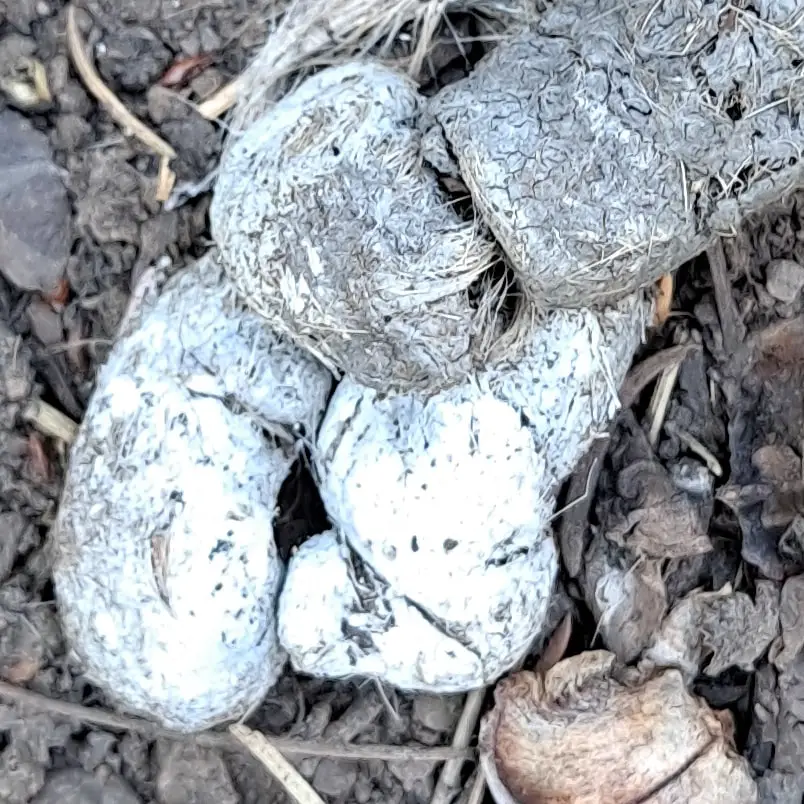
Scat is, however, an ideal substrate it is abundant, turns over rapidly, and can be collected opportunistically without needing to capture the target animal. Scat has therefore largely been excluded from controlled feeding studies, which are often used to determine species- and tissue-specific discrimination factors (the difference in isotopic composition between a tissue, such as hair, and an animal’s diet), which are essential for the accurate determination of dietary sources. īecause scat is composed of a combination of undigested food, sloughed epithelial cells, and microbiota, there is concern that the poorly digested food in scat will disproportionally affect its isotopic values.

Stable isotope analyses of scat have the potential to provide a quick and possibly more accurate means of gaining dietary information from scat while also allowing for non-invasive isotopic investigation of short-term dietary shifts that might otherwise be masked by long-term averaging in other animal tissues.

Gross fecal analysis (GFA) techniques are also likely to severely overestimate the importance of small diet items. The dissection, identification, and quantification of the material contained in scats is labor intensive and time consuming and can be hampered by observer bias as well as discrepancies among diet quantification methods. Scat is ubiquitous and easy to sample and has therefore historically formed our perception of mammalian carnivore and omnivore dietary ecology. The funders had no role in study design, data collection and analysis, decision to publish, or preparation of the manuscript.Ĭompeting interests: The authors have declared that no competing interests exist. Mathias Graduate Student Research Grant ( ) to REBR. This is an open access article distributed under the terms of the Creative Commons Attribution License, which permits unrestricted use, distribution, and reproduction in any medium, provided the original author and source are credited.ĭata Availability: All relevant data are within the paper and its Supporting Information files.įunding: This research was funded by a National Science Foundation, Directorate of Biological Sciences, Doctoral Dissertation Improvement Grant (DEB-467 1311431) to PLK and REBR as well as a Mildred E. Received: DecemAccepted: MaPublished: April 3, 2017Ĭopyright: © 2017 Reid, Koch. PLoS ONE 12(4):Įditor: Elena Gorokhova, Stockholm University, SWEDEN Coyote scat δ 13C and δ 15N values therefore offer a relatively quick and non-invasive way to gain accurate dietary information.Ĭitation: Reid REB, Koch PL (2017) Isotopic ecology of coyotes from scat and road kill carcasses: A complementary approach to feeding experiments. In comparison with GFA results, we found that mixing model estimates of coyote dietary proportions de-emphasize the importance of small-bodied prey. Coyote scat δ 13C and δ 15N values adjusted for discrimination consistently plot within the isotopic mixing space created by known dietary items.

We derived a diet-to-scat Δ 13C value of -1.5‰ ± 1.6‰ and Δ 15N value of 2.3‰ ± 1.3‰ for coyotes.

Scat consistently had the lowest δ 13C and δ 15N values among the tissues sampled. We conducted three interrelated studies to validate the use of isotopic values from coyote scat: 1) we determined tissue-to-tissue apparent C and N isotope enrichment factors (ε 13* and ε 15*) for coyotes from road kill animals (n = 4) 2) we derived diet-to-scat isotope discrimination factors for coyotes and 3) we used field collected coyote scats (n = 12) to compare estimates of coyote dietary proportions from stable isotope mixing models with estimates from two GFA techniques. This technique offers researchers a non-invasive method to gather short-term dietary information. To capitalize on the benefits of scat, we suggest the analysis of scat carbon and nitrogen isotope values (δ 13C and δ 15N). Scat is frequently used to study animal diets because it is easy to find and collect, but one concern is that gross fecal analysis (GFA) techniques exaggerate the importance of small-bodied prey to mammalian mesopredator diets.


 0 kommentar(er)
0 kommentar(er)
